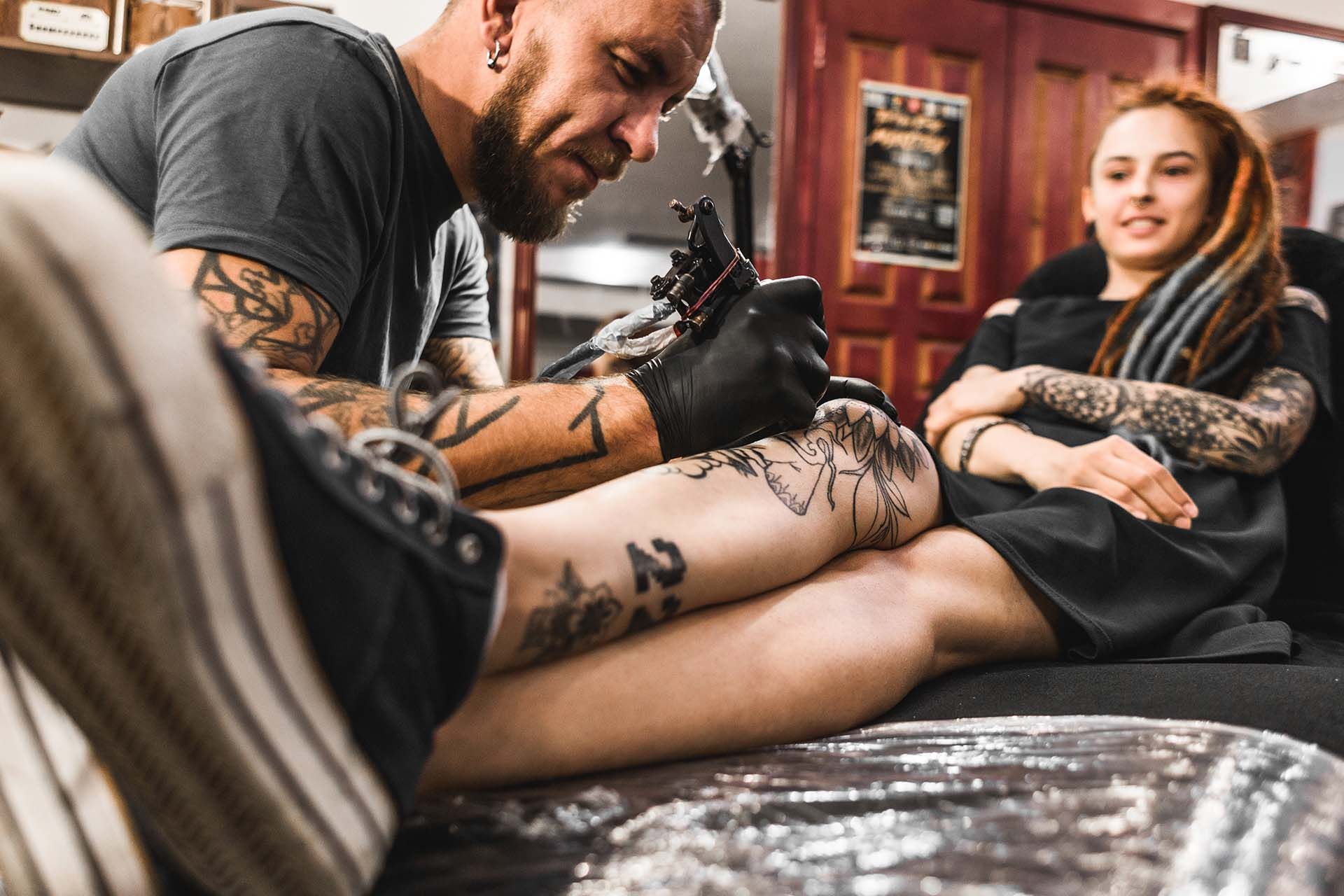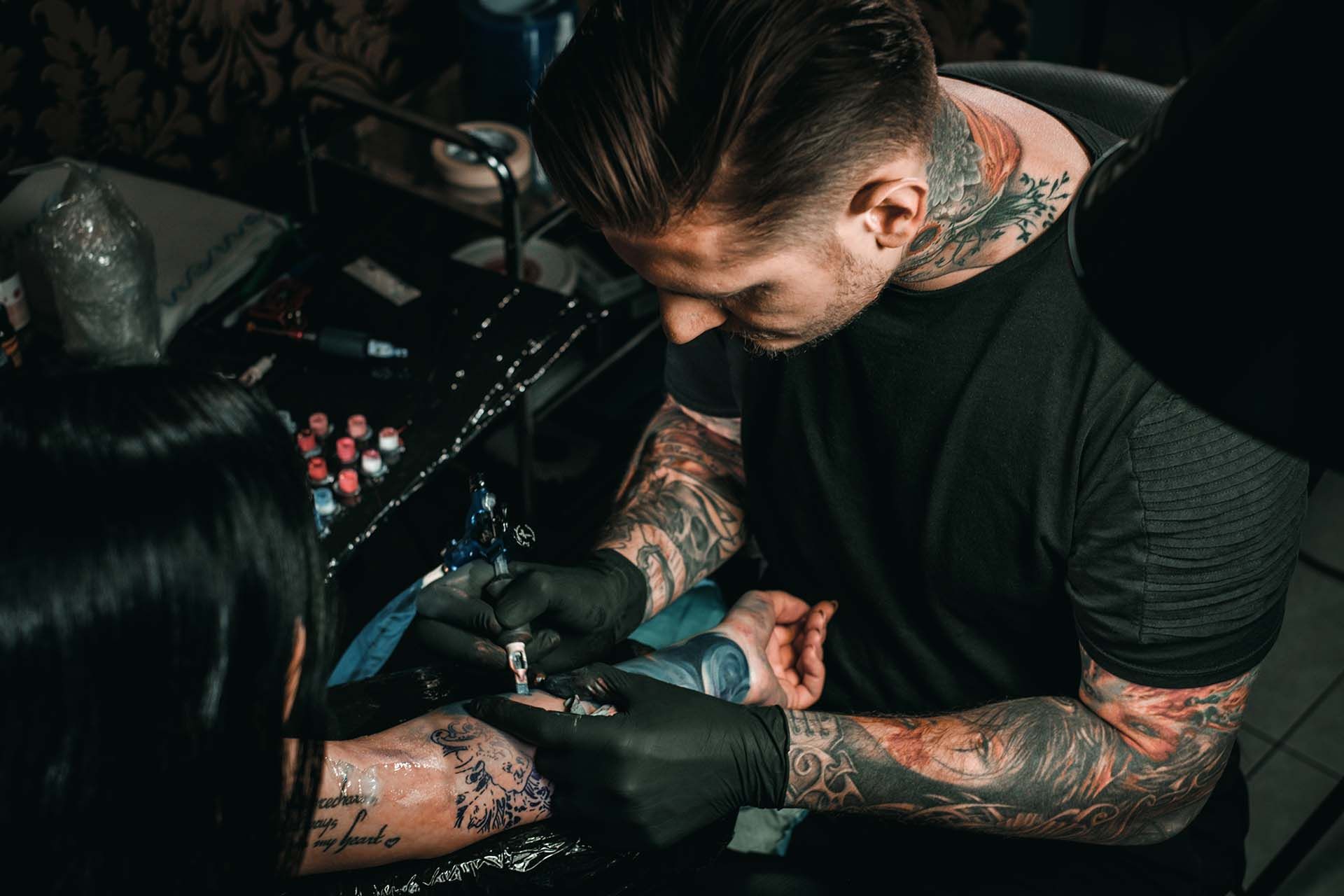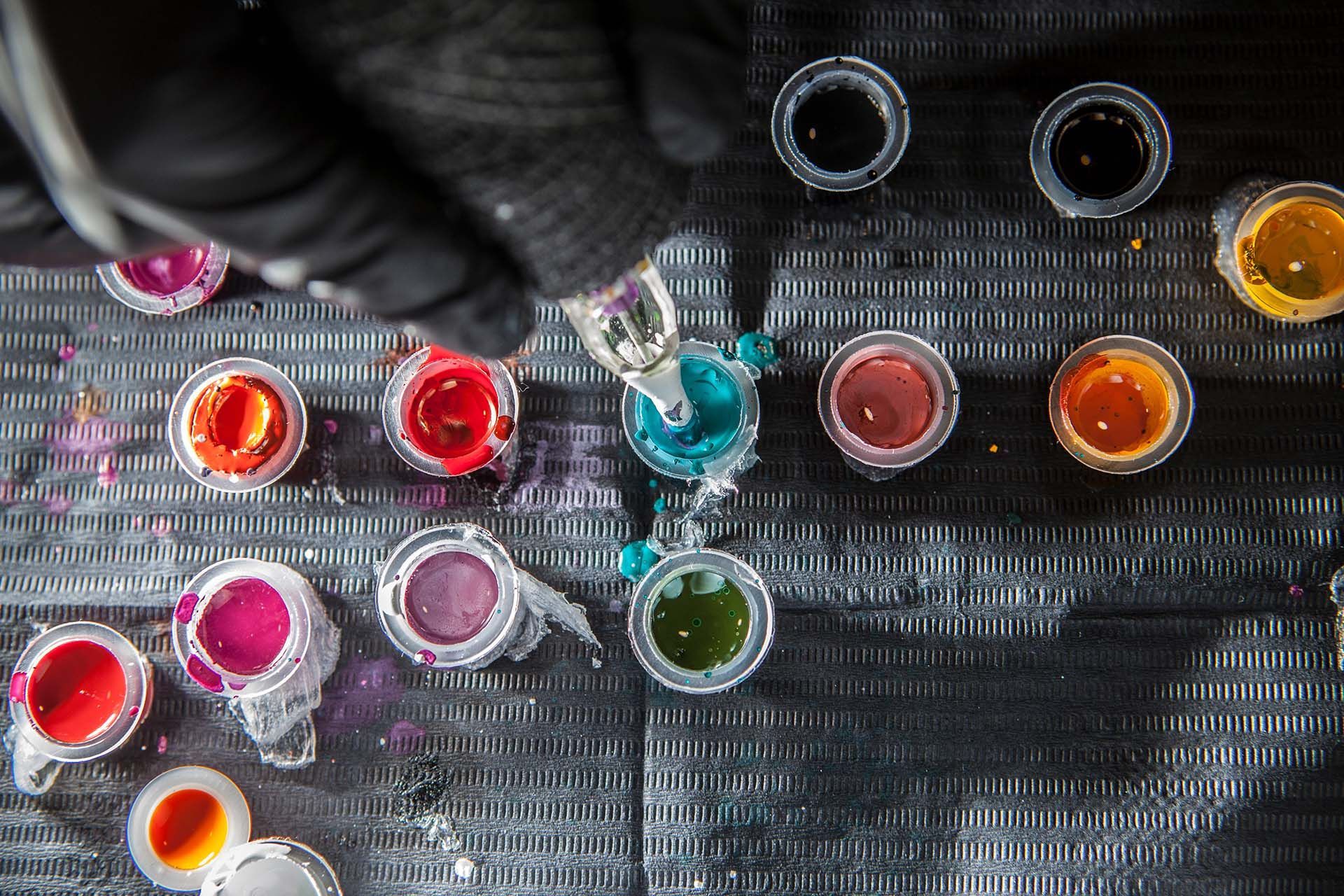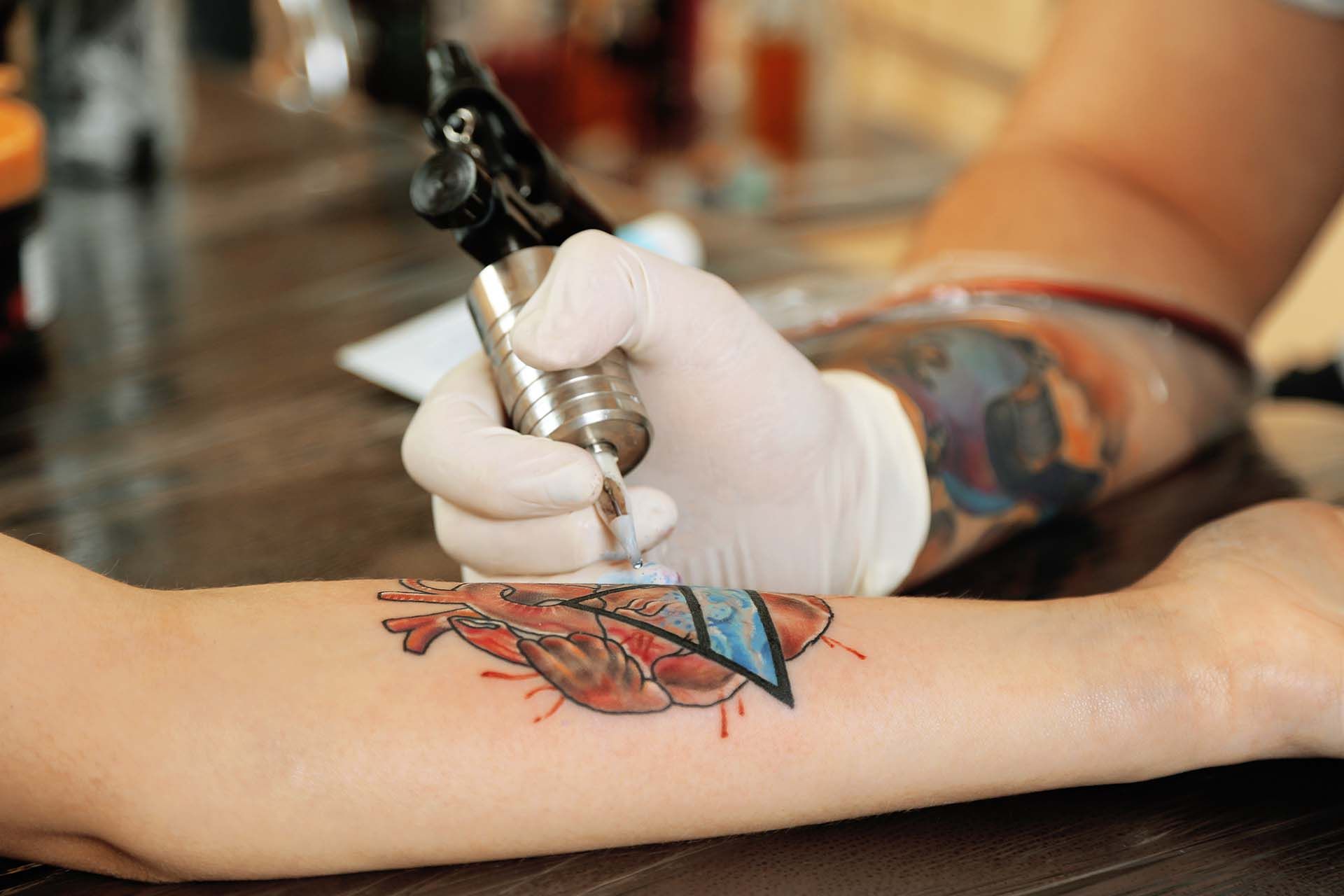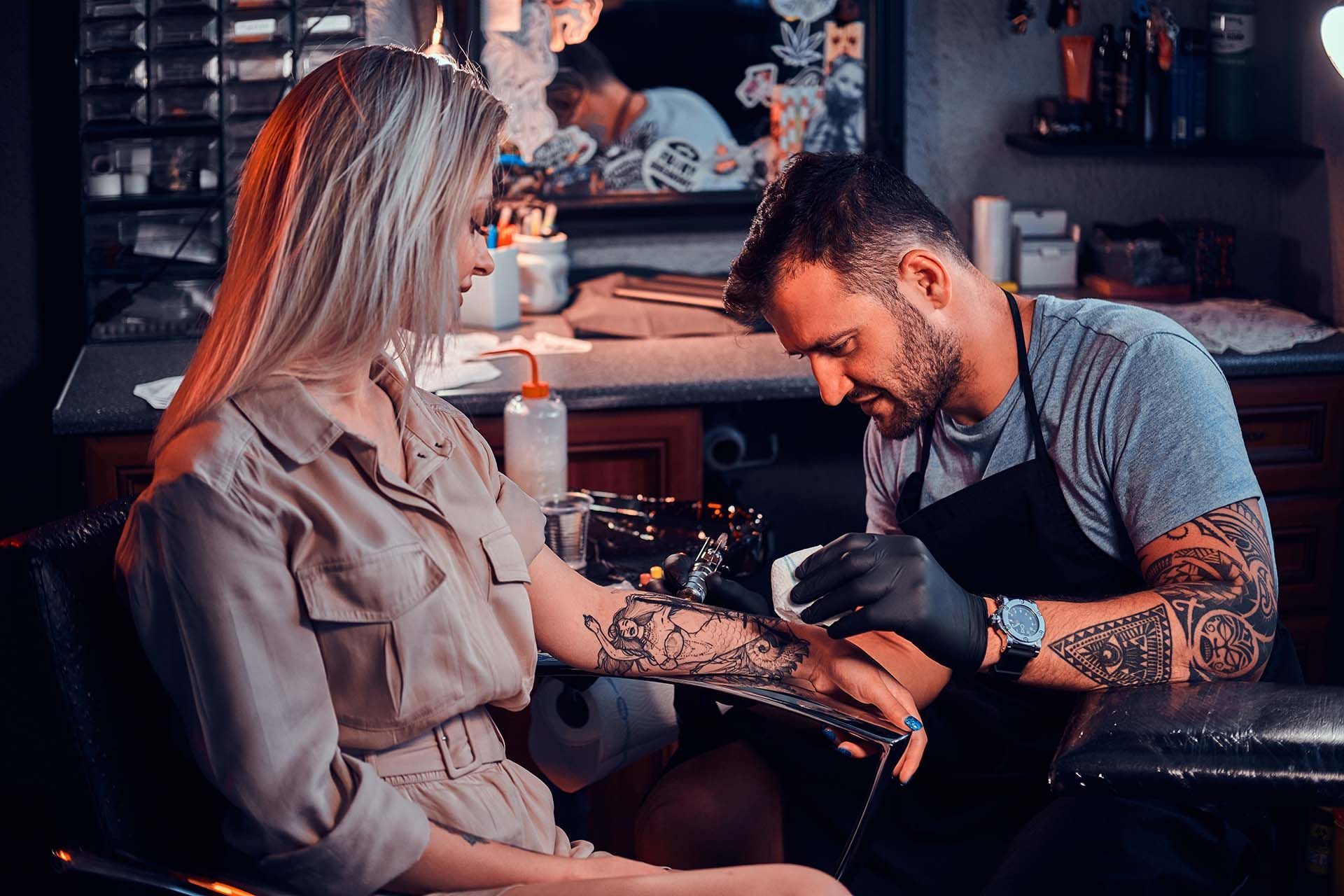How to Determine Your Worth as a Beginner Tattoo Artist
Starting a career as a tattoo artist is exciting, but it can also be challenging, particularly when it comes to setting your prices. As a beginner, you may face several obstacles, including difficulty in determining the right price, understanding industry standards, managing customer expectations, and competition. However, a well-thought-out pricing strategy can provide you with the right balance of affordability and profitability. So, today, we're going to discuss how to set your prices as a beginner tattoo artist.
Factors to Consider When Setting Your Prices
First and foremost, as a new tattoo artist, your pricing should accurately represent a combination of critical elements. These include:
- Your artistic skill level
- The expenditure on supplies
- The time invested on each piece
- The intricacy of the designs
- The current pricing trends in your area
Just remember that while it's crucial to ensure your work isn't undervalued, it's equally as important not to charge excessively and risk alienating potential clients.
Determine What Other Tattoo Artists in Your Area are Charging
The price for tattoos varies widely depending on the geographical location and the experience of the artist. Hence, it's crucial to research the average costs in your locality to position yourself competitively. If you're looking for some places that can provide insights into industry pricing standards, check out online platforms, local tattoo parlors, and tattoo conventions.
Understand the Expenses Involved in Running a Tattoo Business
Regardless of the pricing strategy you adopt, it's imperative that it compensates for all your operational expenses. These costs comprise not only the obvious ones like inks, needles, sterilization materials, safety gear, and potentially studio rent but also the often-overlooked indirect expenses.
Such hidden costs include licensing fees, insurance premiums, and professional training. By consistently ensuring that your pricing strategy accounts for all your total operational costs, you set the foundation for a sustainable and prosperous future for your emerging tattoo business.
Establish a Baseline For Your Pricing
Establishing a minimum price serves as a standard for the worth of your time and creative ability. This baseline rate can be applied to small, straightforward designs that don't take much of your time. But it's a way of ensuring that you receive appropriate compensation for your work, regardless of the size or complexity of the tattoo.
Create Pricing Tiers
Adopting a tiered pricing strategy allows you to categorize your services based on factors such as the tattoo's size, intricacy, and placement. For instance, straightforward designs could constitute the lower tier, while more complex, labor-intensive artworks occupy the higher one. This pricing setup not only presents your customers with a variety of options but also ensures you receive appropriate payment for your talent and the time you dedicate to each piece.
Tips for Discussing Pricing with Potential Customers
As an artist who is new to the game, it can be challenging to discuss pricing with customers. Take it slow and follow these tips:
- Transparency: Be open about your pricing, as it helps foster trust with your clients.
- Detailed Breakdown: Offer a thorough breakdown of your costs, ensuring your clients understand what they are paying for.
- Justification: Be ready to justify your pricing, especially if your rates are higher or lower than those of more established artists.
- Consistency: Always maintain consistency in your pricing. Regular changes can confuse or deter clients, so be sure of your rates before you quote them.
Adjusting Your Prices as Your Skills and Experience Grow
As you refine your craft and build a name in the tattoo industry, adjusting your prices to match your growth is key. It's good practice to periodically revisit your pricing strategy, factoring in the following:
- The experience and skills you've gained
- Changes and trends in the market
- Constructive feedback from your clients
If you do this, your prices stay aligned with your growth and the value you bring to the table. Moreover, keeping up with these dynamic aspects helps sustain a thriving tattoo business.
How to Handle Price Negotiations and Haggling
While being open to negotiation can be part of business, avoid compromising the value of your work. In other words, stand firm on your prices while providing a clear rationale to the client. But never forget that a happy client may become a returning one, so word of mouth can be a powerful marketing tool! Be careful of who you alienate over prices!
Striking the Right Balance Between as a Beginner Tattoo Artist
Ultimately, determining the right price as a beginner tattoo artist is like walking a tightrope. On one hand, it's important that your rates mirror your skill level, cover your operational expenses, and stay competitive, but you also want to remain profitable.
So, just remember, as you gather experience and gain recognition, your prices should grow alongside your career. Your unique style and quality service are what set you apart from others. Embrace your differences and carve your unique path in the tattoo industry!
Frequently Asked Questions:
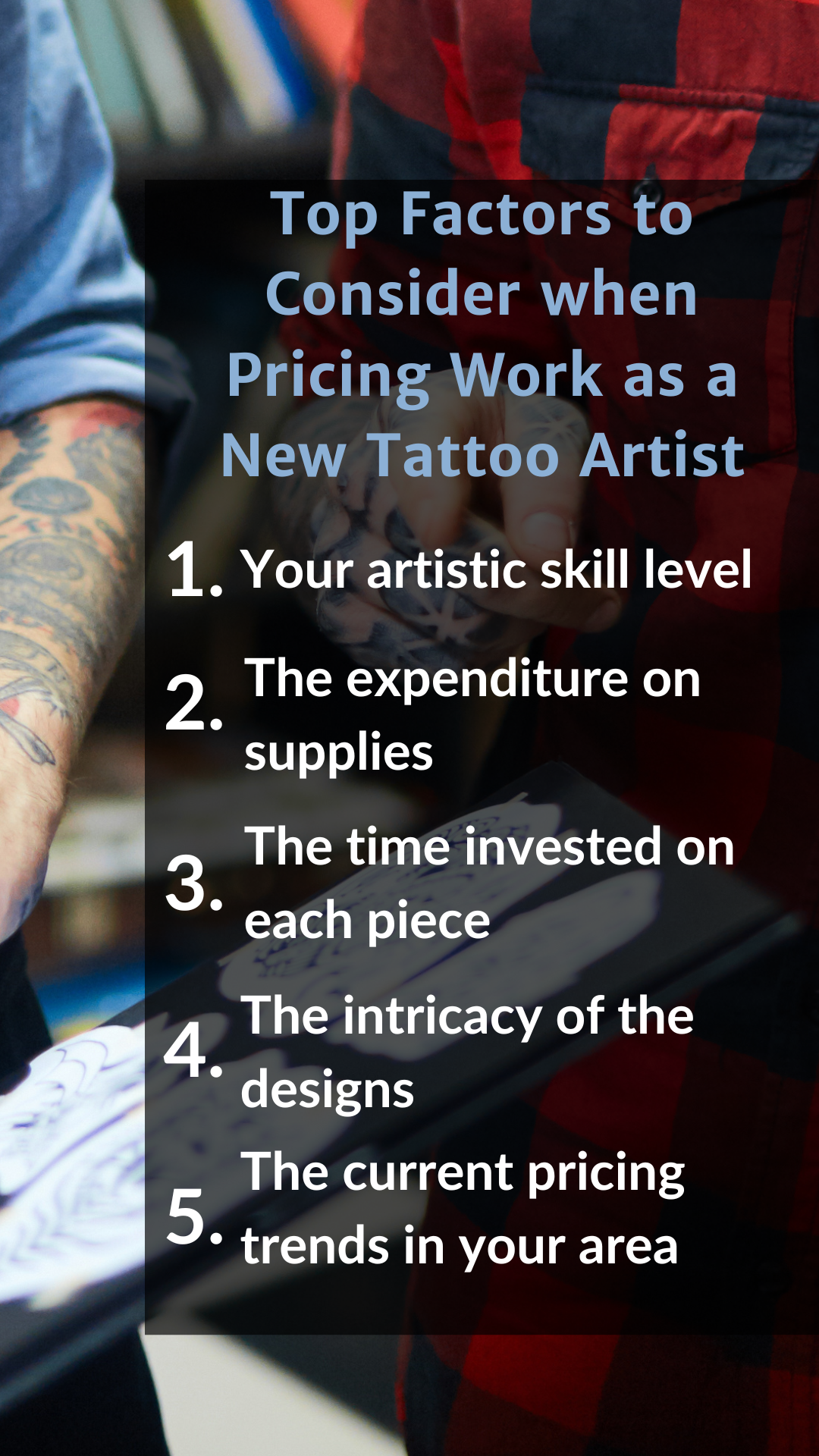
Disclaimer: This publication and the information included in it are not intended to serve as a substitute for consultation with business consultants and professionals. Specific business, financial, legal issues, concerns and conditions always require the advice of appropriate professionals. Any opinions expressed are solely those of the participant and do not represent the views or opinions of this company.

